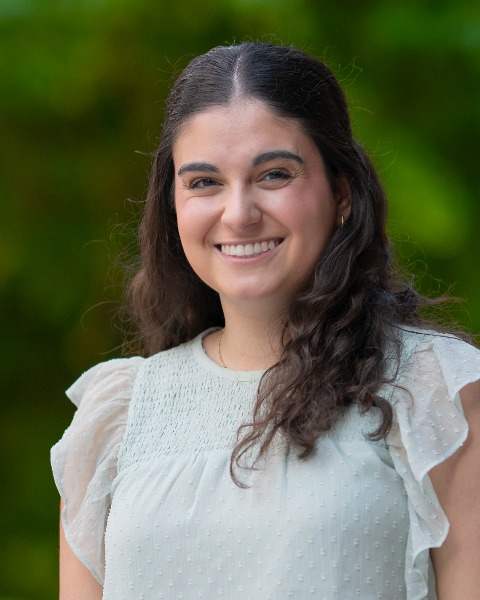Pediatric Nutrition
Session: Pediatric Nutrition
739 - Dietary Carotenoid Intake is Associated with Auditory Function in Children: An NHANES Population Study
Saturday, April 26, 2025
2:30pm - 4:45pm HST
Publication Number: 739.4091
Julia M. Morales, Baylor College of Medicine, Houston, TX, United States; Katelyn E. Senkus, Baylor College of Medicine, Houston, TX, United States; Yi-Chun C. Liu, Baylor College of Medicine, Houston, TX, United States; Nancy E.. Moran, Baylor College of Medicine, Houston, TX, United States

Julia M. Morales (she/her/hers)
Medical Student, MS3
Baylor College of Medicine
Houston, Texas, United States
Presenting Author(s)
Background: Pediatric hearing loss (HL) increases with age due to otitis media (OM), trauma, ototoxic medications, and/or noise exposure, impacting behavioral and language development. Oxidative stress from loud noises damages cochlear structures, worsening HL. Dietary antioxidants, including carotenoids from fruits and vegetables, may protect hearing. Vitamin A (VitA), a carotenoid metabolite, is known to reduce pediatric infection-related HL; yet, the role of carotenoids is unexplored.
Objective: To test whether carotenoid and VitA intakes correlate with hearing sensitivity, self-reported hearing, and fewer OM infections in children.
Design/Methods: This is a cross-sectional study of 2017-2020 National Health and Nutrition Examination Survey data. Carotenoid and VitA intake was assessed via dietary recalls. Hearing was measured using self-reported HL and pure-tone audiometry (PTA). Nonparametric t-tests compared group carotenoid intake based on self-reported HL, OM history (≥3 vs. < 3), and speech- and high-frequency HL. Associations between carotenoid intake and PTA were examined, where lower PTA thresholds indicate greater hearing sensitivity. Significance was defined as p< 0.05.
Results: Among the 2502 participants of 6-19 years, 4% reported HL, 2% had speech-frequency HL (SFHL), 3% high-frequency HL (HFHL), and 46% reported ≥3 OM. Children with self-reported HL consumed less β-cryptoxanthin (p < 0.001), lutein+zeaxanthin (p < 0.001), VitA from carotenoids (p=0.047), and proVitA carotenoids (p=0.031). Children with HFHL consumed less α-carotene (p=0.003), β-carotene (p=0.002), β-cryptoxanthin (p=0.028), total carotenoids (p=0.025), proVitA carotenoids (p=0.001), and VitA from carotenoids (p=0.002). Children with SFHL tended to have lower total VitA intake (p=0.058).
Speech frequency PTA thresholds were inversely correlated (p < 0.05, all) with intakes of β-carotene (R=-0.058), α-carotene (R=-0.101), lutein+zeaxanthin (R=-0.054), proVitA carotenoids (R=-0.074), VitA from carotenoids (R=-0.071), retinol (R=-0.065), total VitA (R=-0.092) and total carotenoids (R=-0.048) High-frequency PTA thresholds were also inversely associated (p < 0.05, all) with intakes of β-carotene (R=-0.050), α-carotene (R=-0.065), VitA from carotenoids (R=-0.050), and proVitA carotenoids (R=-0.052).
Conclusion(s): Carotenoid intake is inversely associated with SFHL and HFHL, suggesting a protective antioxidant and/or VitA role. Further research into the mechanisms of carotenoid protection of auditory function is needed to support dietary recommendations for pediatric auditory health.

